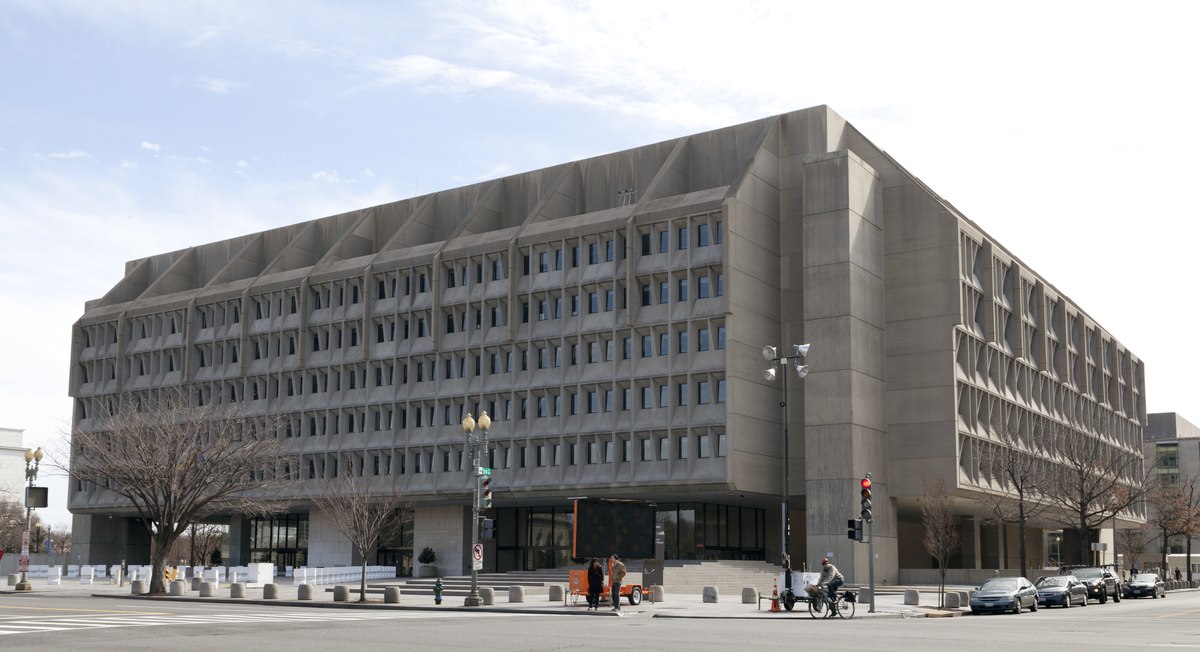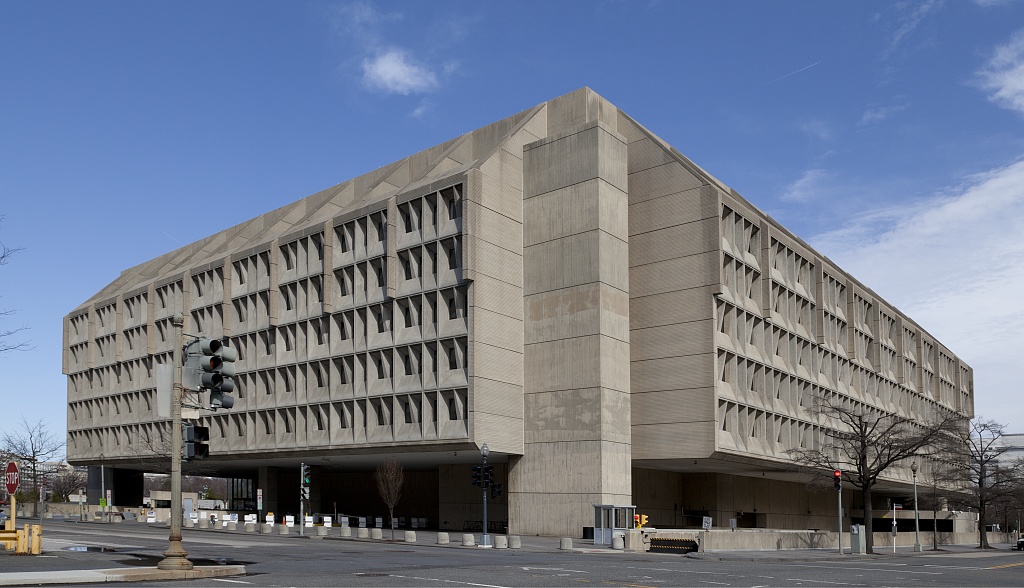HSS Replied To The Ugliest Building In Washington
The brutalist headquarters of the Department of Health and Human Services has been one of Washington's biggest eyesores for decades. They have been made fun of in news stories, skipped on tours of Capitol Hill, and even made fun of by the department's own leaders in interviews. But a debate on social media last week about the ugliest buildings in the city may have been too much for HHS present leaders to handle made HSS replied to the ugliest building in Washington D.C.
Author:George EvansJul 31, 20231.7K Shares247.8K Views

The brutalist headquarters of the Department of Health and Human Services has been one of Washington's biggest eyesores for decades. They have been made fun of in newsstories, skipped on tours of Capitol Hill, and even made fun of by the department's own leaders in interviews. But a debate on social media last week about the ugliest buildings in the city may have been too much for HHS present leaders to handle made HSS replied to the ugliest building in WashingtonD.C.
HSS Replied To The Ugliest Building In Washington
In the heart of the nation's capital, amidst grand neoclassical structures and sleek modern skyscrapers, a collection of architectural masterpieces stands out, polarizing opinions and inspiring debate among residents and visitors alike.
Architecture isn't just about soul-crushing concrete boxes and useless Greek columns. The Department of Health and Human Services gave an angry reaction to a debate on social media about the ugly buildings in D.C.
“„Hey, there. Be nice. They call this concrete chic and we’ve been serving looks to the American public since 1976.- Department of Health and Human Services
The reaction from the agency, which was emphasized by HHS Secretary Xavier Becerra, top agency lawyer Samuel R. Bagenstos, and other HHS staff, showed a tension that many Washingtonians are used to. People who work for the government are proud of what they do, but they can be picky about where they do it.
In the post-war era, the Brutalist movement emerged, embracing raw and honest use of concrete in architectural design. The term "Brutalism" derives from the French phrase "béton brut," meaning "raw concrete." Architects adopted this style as a response to the aftermath of World War II, focusing on functionality, minimalism, and strong structural elements.
The distinctiveness of Brutalism lies in its emphasis on revealing the true nature of materials, with concrete being the primary medium in Washington D.C.'s case. The bold and monolithic buildings proudly display their construction materials, reflecting authenticity and strength.
The history of the Brutalist headquarters of the Department of Health and Human Services (HHS) dates back to the mid-20th century when the architectural movement was gaining popularity in the United States. The HHS headquarters, officially known as the Hubert H. Humphrey Building, is a prominent example of Brutalist architecturein Washington D.C. Its construction and design reflect the era's prevailing architectural trends and the federal government's vision for a modern and functional administrative center.
The idea for a new headquarters for the Department of Health, Education, and Welfare (HEW), the predecessor to HHS, emerged in the early 1960s. President Lyndon B. Johnson's administration sought to consolidate various federal agencies dealing with social services, health, and welfare under one roof to improve coordination and efficiency.
In 1965, the General Services Administration (GSA) selected architect Marcel Breuer to design the new HEW headquarters. Breuer, a Hungarian-born architect known for his work in the Brutalist style, embraced the opportunity to create a significant structure in the nation's capital.
Marcel Breuer's design for the HEW headquarters, completed in 1977 and later renamed the Hubert H. Humphrey Building, embodied key elements of Brutalism. The building's design emphasized functionality, simplicity, and the raw expression of materials.
The exterior of the building features a distinctive use of exposed concrete, forming a massive, fortress-like structure. The repetitive pattern of the concrete facade, with deep-set windows and geometric shapes, creates a sense of rhythm and uniformity. The building stands as an imposing presence among the neoclassical and modern architecturein the vicinity.
The Hubert H. Humphrey Building's Brutalist design serves not only as an architectural expression but also as a symbolic representation of the government's role in providing essential services to the American people. Its robust and austere appearance reflects the seriousness of the department's mission to address public health, welfare, and social issues.
In 1977, the building was renamed the Hubert H. Humphrey Building in honor of Hubert H. Humphrey, the former Vice President of the United States and a prominent advocate for civil rights and social welfare programs. The renaming pays homage to Humphrey's dedication to the values that align with the department's mission.
Despite the criticism, a growing appreciation for the uniqueness of Brutalist architecture in Washington D.C. is evident. Some architects and art enthusiasts argue that these structures possess an elegant simplicity. The unadorned concrete forms exposed structural elements, and commanding presence exude a sense of strength and authenticity often absent in contemporary architectural styles.
Conclusion
As with many Brutalist structures, the preservation and adaptation of the Hubert H. Humphrey Building present challenges for the HHS. Modern office requirements, energy efficiency, and the changing needs of the department have prompted discussions about potential renovations.
The Brutalist headquarters of the Department of Health and Human Services, the Hubert H. Humphrey Building, stands as a distinctive and bold architectural statement in Washington D.C. Its raw concrete facade and imposing presence have ignited discussions about architectural heritage, preservation, and the future of Brutalist buildings in the city. Regardless of opinions, the HHS headquarters remains an enduring symbol of functionality and a unique addition to the architectural tapestry of the nation's capital.

George Evans
Author
George Anderson, an exceptional architectural designer, envisions and brings to life structures that transcend the realm of imagination. With an unwavering passion for design and an innate eye for detail, George seamlessly blends form and function, creating immersive spaces that inspire awe.
Driven by a deep appreciation for the interplay of space, light, and materials, George's innovative approach redefines the possibilities of architectural design. His visionary compositions leave an indelible mark, evoking a sense of wonder and transforming the built environment.
George Anderson's transformative designs and unwavering dedication continue to shape the architectural landscape, pushing the boundaries of what is possible and inspiring generations to come.
Latest Articles
Popular Articles
